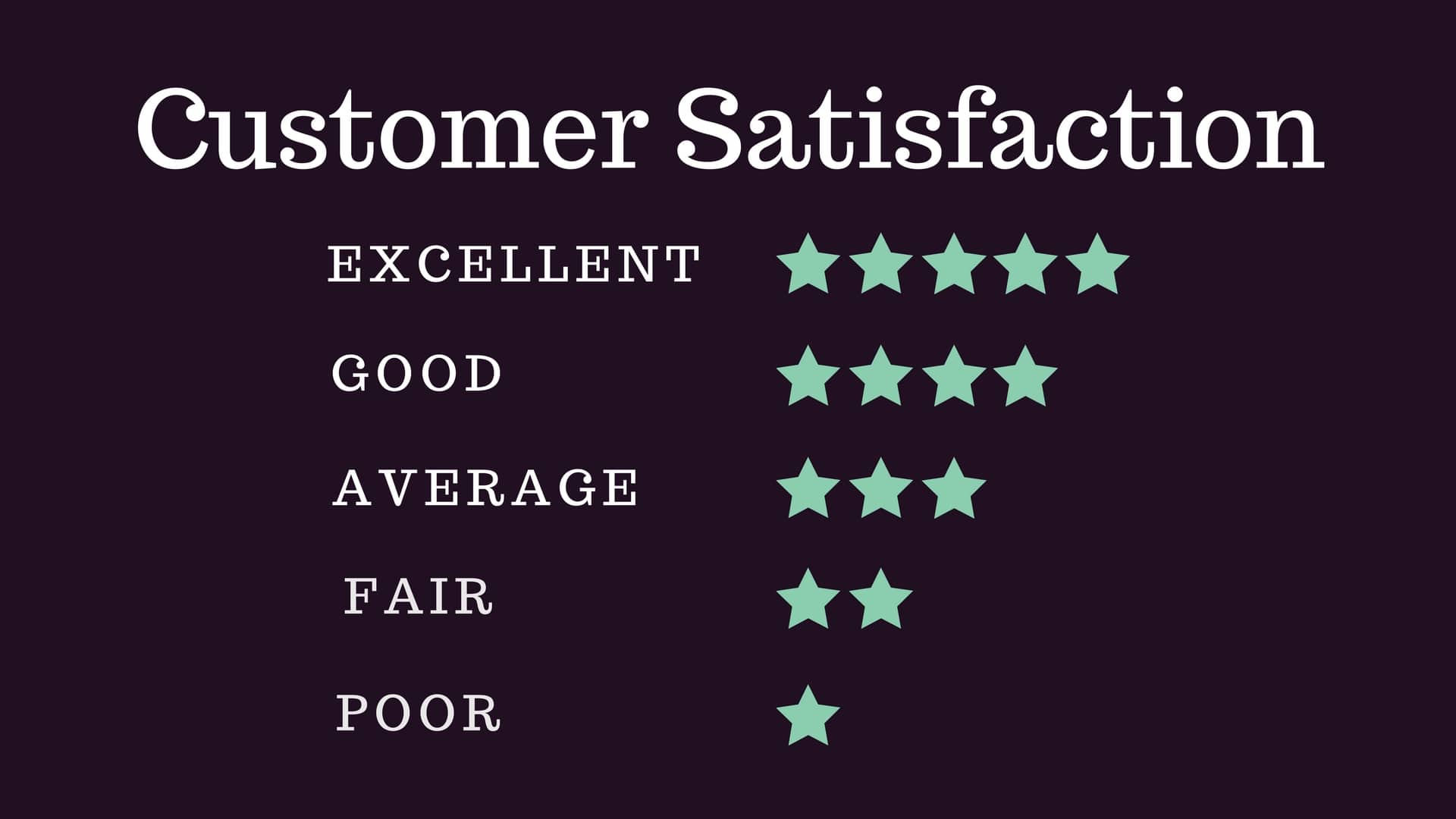A few years ago, I walked into a renowned spectacle shop in Mumbai, to get a pair of defective glasses rectified. When I informed the Salesman I was extremely dissatisfied with the quality of the frames, the salesman immediately concluded that the glasses were malfunctioning because of mishandling. When I pointed out that I had been wearing specs for 32 years and until now I had managed just fine, the salesman said “Well, it’s not possible to satisfy all our customers – some will be dissatisfied.”
Source: Dominos
I recount this episode as a perfect example of our attitude towards customer satisfaction in general, and our approach towards quality, in particular.
As a quality assurance professional mostly in the apparel industry for the last twenty-four years, I have observed this same attitude in countless manufacturing facilities across the country. And I have lost count of the number of times I have been told, “Madam, itna toh chalta hai.”
While working for Polo Ralph Lauren as a QA and struggling with a factory in Chennai to create awareness about the brand’s quality standards, nothing I said made the sewing operators change this attitude of “Itna toh chalta hai.” That is, until I asked them, out of sheer frustration, if they would pay Rs. 4000.00 (average cost of a Polo shirt is USD85.00 to 125.00) for a defective shirt. Understanding dawned immediately.
Convincing workers or operators in a factory is, in fact, a relatively easy task. The far greater challenge lies in creating such awareness among the middle and senior management in an organization. A large part of the problem lies in the attitude or mindset, rather than the capability of the individual or the organization. While I can name dozens of factories that are increasingly adopting industry best practices in the country, there are still many who continue to follow traditional methods. This is typically witnessed in how factories approach alterations and rework.
I once came across a QA Manager in a factory who proudly informed me that the factory’s rejection rate was a lowly 1%. I found his remark significant because it clearly indicated an awareness of and a need to, control wastage. However, considering the company had an annual turnover of over Rs. 200 crore, the 1% rejection amounted to Rs. 2 crore a year in financial terms. This seemed steep. For that amount, I could buy an apartment. To me, that was the manufacturer’s cost of a lost opportunity – what he could have done with the money, had he not lost it to poor quality.
Manufacturers tend also not to take into consideration the cost of rework or repair. Like the Exporter who ensured that every garment was checked at the end of the sewing line and defects were repaired during the 2 hours of OT allocated for the purpose each day. In the finishing unit, the defect rate was a mere 3%. This seemed like excellent process control, but was this really the best way?
On scrutinizing the level of alteration at the end of line, it was found that almost 25% of the garments came off the line with some kind of defect and required rework. The Exporter had also not evolved any kind of system of feedback to let operators know that they were making mistakes. As a result, operators kept making the same mistake again and again. The Exporter was running his factory for an extra 2 hours for each 8-hour man day – that is, he was running his factory at 125% of his calculated output capacity. With overtime rates, additional electricity costs, added machinery maintenance due to greater wear and tear, keeping the boiler running for those extra 2 hours a day, the Exporter had not even begun to calculate his hidden costs. What, in industry terms, is referred to as his Cost of Poor Quality (COPQ).
Source: Dominos
Experts claim that many manufacturing companies do not calculate their cost of poor quality. For those that don’t, available estimates suggest that the cost of poor quality can be as high as 25% of sales. In the service industry, this figure is estimated at 35%. Even more frightening, it is believed that in almost every company where COPQ is unknown, the COPQ exceeds the profit margin. In other words, an organization spends one in every 4 days making scrap or rejection. So, if you’re a company with an annual turnover of rupees 10 crore, you could be losing Rupees 2.5 crore a year in poor quality.
So what is COPQ?
The most widely accepted definition is that Cost of Poor Quality consists of those costs which are generated as a result of producing defective units. It is also referred to as the cost of non-conformance and has been defined as the cost of not doing the right things, right the first time. In the words of Dr. Armand Feigenbaum, who developed one of the first systems to quantify the cost of quality, quality costs are the “cost of delivering customer service.”
COPQ, to me, is best described as the way to convert quality into finance. It is a metric and is reported as a percentage of sales revenue. It involves quantifying the chronic waste in a process or organization, in the language of management – Money!
Most important of all, COPQ is a symptom, not a defect.
The cost of quality has very appropriately been likened to the tip of an iceberg – what’s visible to a manufacturer, usually, is the direct costs which contribute to less than 20% of the total COPQ, while 80% of the iceberg remains under the surface of the water and therefore, hidden from visibility.
What is true for the manufacturing sector is equally true for the service sector and perhaps more striking in its impact. A customer who has had a bad service experience will perhaps never return for the second time – this is, in quality terms, the cost of lost opportunity. Like the example of the spectacle showroom I visited in Mumbai. That’s one store I’m never going back to!
It is imperative that organizations in the service sector recognize the importance of providing their customers an error-free experience. And then stand behind the quality of the service they provide by offering unconditional service guarantees. “30 minutes or free” from Domino, “The Purple Promise” from Fedex or “The Happy or Free” guarantee from Focus are all initiatives in the right direction.
No more Chalta Hai!
The above article (originally published in a magazine called “Stitch World” in 2008) has been contributed by Rakhi Handa, Managing Director, Product Safety & Quality Assurance, Target Sourcing Services, Indian sub-Continent and Malaysia. The opinions expressed here are those of the author alone, and do not necessarily reflect that of the company that she works for. The article looks at how an attitude of “itna to Chalta hai” is a dangerous symptom that erodes into the profitability of organizations, without many of them even realizing the heavy costs they are paying for it!


